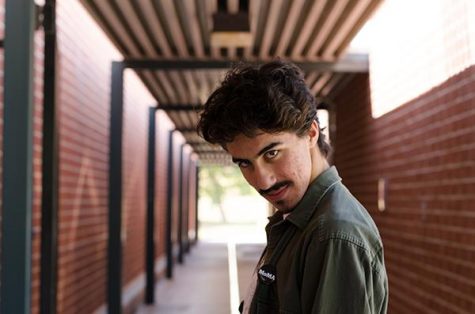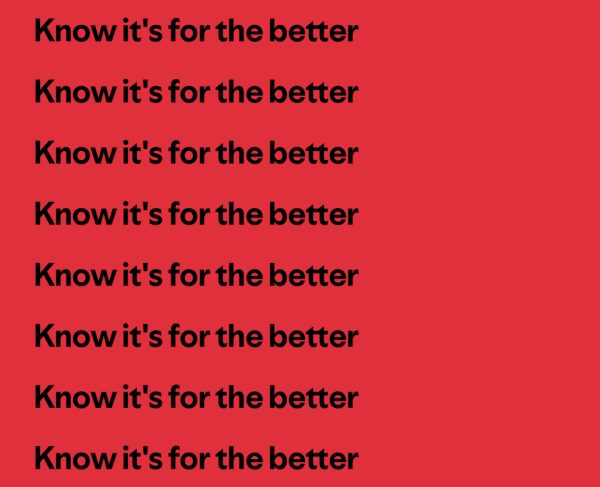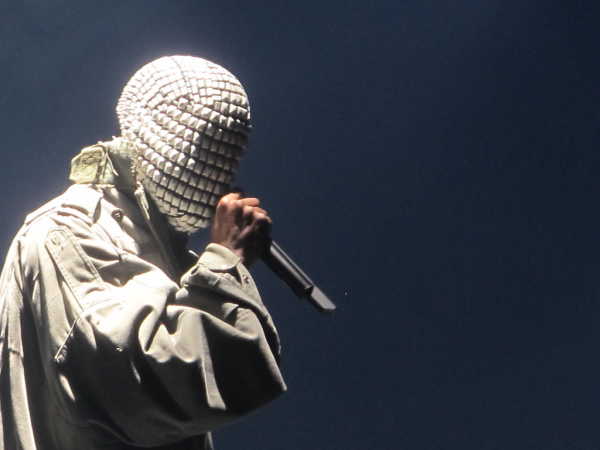Fixing the L.A. River could fix Los Angeles
A particularly pleasant patch of the LA River.
The L.A. River isn’t really one of the major focal points of Los Angeles County. It’s most often overlooked, even by its own residents. The only real experience most people have with it is driving past it on parts of the 5 or 2 Freeways and seeing a trickle of water surrounded by an ugly, concrete border.
The 51-mile long path from Canoga Park to Long Beach is a fairly forgettable portion of the city, and that’s putting it lightly. This severe drought isn’t really helping either, making it look more like an empty freeway of its own rather than a river.
At one point in time, the L.A. river was actually the primary source of water for the Los Angeles Basin. According to an L.A. Times article, the river is now mainly residential discharge from sewer pipes. However, the history of the river is far richer than the quality of water it contains. The river has been around and flowing longer than Los Angeles has been an established city, providing a home for several indigenous tribes which used to inhabit the area. There’s one thing that’s stayed true about the L.A. River for nearly as long as it’s been around: it’s really, really dry.
Fortunately for the residents of the Glendale-Atwater-Los Feliz area, the river tends to be most luscious around these parts. It’s one of the few parts where vegetation and wildlife truly thrives.
One specific patch of the L.A. River which is most appealing is the Red Car River Park. Nestled inconspicuously underneath the Glendale Blvd. Bridge which connects Atwater Village to Silver Lake, this “park” is one of the few parts of the river where the surroundings could truly be described as beautiful.
Containing an abundance of trees and bushes, hundreds of species of fish, mallards ducks and even swans, In a sense, the fact that the L.A. River is left neglected isn’t a horribly bad thing. It’s one of the few facets of this city we could push the reset button on. Thankfully, that’s what we’ve been doing, slowly but surely.
In an email interview with Marc Stirdivant, senior administrative analyst of Community Services & Parks, he stated that Phase II construction for the Glendale Narrows Riverwalk will begin very soon and will “add two more parks and another 0.4 miles of pedestrian/bicycle path.” He also went on to say that “what is happening in Glendale is happening all along the 51 miles of the River. New bicycle paths. New parks. New public access. All are increasing accessibility and making the river more pleasant for residents.”
Senior Alec Badalian also spent some hours in community service helping along the LA Riverwalk last year. “It was a very rewarding way to spend four hours. As a resident of L.A. my entire life, it’s a shame to see such great landmarks around us ridden with filth and grime, and it is important for members of the community that love it so much to keep it embellished and healthy,” Badalian said.
Most recently, the Sixth Street Bridge, which connects the Arts District in Downtown to Boyle Heights, was demolished in a long-term plan to revitalize it and make it more user-friendly for drivers, pedestrians and cyclists alike.
The full revitalization efforts are actually quite comprehensive and intense near the City of Glendale. One of the most promising projects in this area is the River Glen. According to the Los Angeles River Revitalization Master Plan, this portion of the river which connects with the Verdugo Wash is set for major reconstruction and revitalization. An estimated 15 acres of land will be transformed into riparian habitat and water quality treatment wetlands. The plan is to make an easily-walkable park and terrace just south of the 134 freeway.
Pranav Law, a sophomore who goes bicycling along the L.A. River bike trail about once a month says that the river provides “a flat, beautiful, long trail that just makes you feel so serene and relaxed.” In regards to potential growth and expansion opportunities, Law said, “The trail is very small and it’s easy to crash into someone riding in the opposite direction. There should be two different bike trails for two different directions.”

Hobbies/Interests: the playing/listening of music
Favorite Movie: Amores Perros by Alejandro González Iñárritu
Favorite Food: Los Burritos
Plans...














